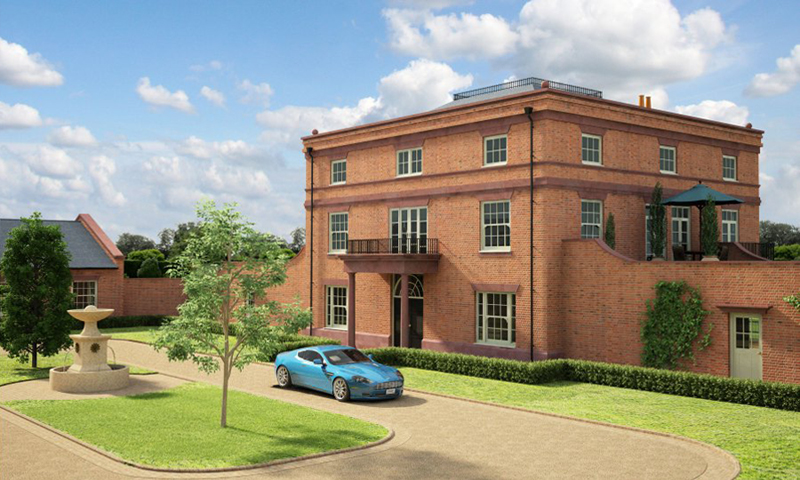|
|||||||||||||||||||||||||||||
A manor house or fortified manor house
A manor house or fortified manor house is a country house, which has historically formed the administrative centre of a manor (see Manorialism), the lowest unit of territorial organization in the feudal system in Europe.
The term is sometimes applied to country houses which belonged to gentry families, as well as to grand stately homes, particularly as a technical term for minor late medieval fortified country houses intended more for show than for defence.
The English country house
The English country house is generally accepted as a large house or mansion, once in the ownership of an individual who also usually owned another great house in town allowing one to spend time in the country and in the city.
Country houses and stately homes are sometimes confused—while a country house is always in the country, a stately home can also be in a town. Apsley House, built for the Duke of Wellington at the corner of Hyde Park (No. 1, London it was called), is one example. Other country houses such as Ascott in Buckinghamshire were deliberately designed not to be stately, and to harmonise with the landscape, while some of the great houses such as Kedleston Hall and Holkham Hall were built as "power houses" to impress and dominate the landscape, and were certainly intended to be "stately homes".
Today many former stately homes, while still country houses, are far from stately and most certainly not homes.
The country house was not only a weekend retreat for aristocrats, but also often a full time residence for the minor gentry who were a central node in the so-called squirearchy that ruled Britain until the Reform Act 1832 (as documented in The Purefoy Letters, 1735–53 by L G Mitchell). Even some of the formal business of the shire was transacted in the Hall.
Very large dwelling house
A mansion is a very large dwelling house. U.S. realtors define a mansion as a dwelling of over 8,000 square feet (740 m2). A traditional European mansion was defined as a house which contained a ballroom and tens of bedrooms. Today, however, there is no formal definition beyond being a large and well-appointed house. The word itself derives (through Old French) from the Latin word mansi? ("act of remaining or staying", a verbal noun from manere "to remain" or "to stay".) In the Roman Empire, a mansio was an official stopping place on a Roman road, or via, where cities sprang up, and where the villas of provincial officials came to be placed. The Scots word "manse" originally defined a property large enough for the Minister of the parish to maintain himself, but a mansion is no longer self-sustaining in this way (compare a Roman or medieval villa). 'Manor' comes from the same root — territorial holdings granted to a lord who would remain there — hence it can be seen how the word 'Mansion' came to have its meaning.
Sustainable design
Sustainable design (also called environmental design, environmentally sustainable design, environmentally conscious design, etc.) is the philosophy of designing physical objects, the built environment, and services to comply with the principles of economic, social, and ecological sustainability. The intention of sustainable design is to "eliminate negative environmental impact completely through skilful, sensitive design".Manifestations of sustainable design require no non-renewable resources, impact the environment minimally, and relate people with the natural environment. The motivation for sustainable design was articulated in E. F. Schumacher's 1973 book Small Is Beautiful. In architecture, sustainable design is not the attachment or supplement of architectural design, but an integrated design process. This requires close cooperation of the design team, the architects, the engineers, and the client at all project stages, from site selection, scheme formation, material selection and procurement, to project implementation.
Chidlow Hall will certainly be a dream home for any of the rich and famous persons located in the prestigious area of Cheshire. |
|||||||||||||||||||||||||||||




